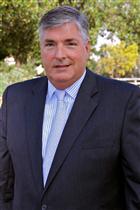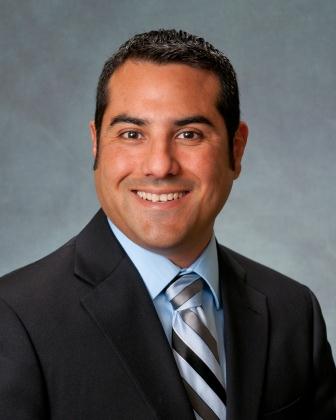
Greetings—
This week I have been mulling the impact of the transformations underway, both in the nonprofit sector and in our own San Joaquin Valley.
A recent branding discussion in our marketing committee stopped for a moment to consider the word itself, powerful and evocative in its signaling of significant and not always welcomed change. We had used the tag line Engage. Learn. Transform for Ventura County Community Foundation’s Center for Nonprofit Leadership, laying out a cycle of engaging colleagues & ideas, learning from peers and content experts, all focused on building skills to transform the sector.
Nonprofit leaders often feel they are redesigning the airplane while still in flight, as the community and donors transform around them, the tools of managing and delivering services evolve with the economy and technological innovation, organizational and leadership capacity, and the needs seem to increase, often exponentially beyond approved funding or budget levels.
Many believe they are in the transformation business by design – either transforming the circumstances so those in need can be helped, transforming communities to change realities on the ground, or transforming individuals to step into new paradigms. It can be lonely, balanced by those working in common cause with those resistant to change.
Communities are always being transformed – with new neighbors, changing economies, evolving business and residential platforms, sometimes within a generation that traditionally provides them roots, character and identity. They change due to powerful market forces, government policies and changing tastes – as anyone driving through shopping malls, older neighborhoods and new housing developments can see in an instant. Few communities are static – it is hardly the American way.
And yet some things do remain constant – institutions like churches and schools, universities and communal organizations, multigenerational family businesses and cultural/artistic organizations, many of whom anchor the very identity we seek and respect in our community.
The idea of community transformations was brought to mind in two connections this week, the first at a session at the Center for Community Transformation at Fresno Pacific University’s seminary. Its’ intentional efforts to transform communities reflects its vision of a stronger commonweal – transformations that come from teaching leadership skills to those in rural faith communities, from inculcating the ideas of social business and economic opportunity in faith communities serving the disadvantaged struggling to make ends meet, and sparking the imagination of the entrepreneur with a shark tank-like program that celebrates new business ventures in poor neighborhoods. Here transformation is the objective, aligned with the belief in a more abundant community, one by its very definition includes valued space and opportunity for all.
And the second was a feisty and thoughtful address, celebrating the 50th anniversary of Fresno’s own Economic Opportunities Commission. Georgia Congressman John Lewis not only talked about the value of community transformation, he embodied it. Literally.
The last surviving member of the leadership team that organized the 1965 march across the Edmund Pettus bridge in Selma, Alabama - recently revisited in the film Selma, Lewis is a human talisman of the transformation within this country over the past fifty years, which he acknowledged was remarkable - to himself and to many others. For many, this work is still unfinished, as we Americans continue to struggle to form that more perfect union.
Significant challenges remain, yet progress has been tangible for many. How and what we transform, and who benefits, is the deeply embedded narrative in the American story. At FRF, we believe community philanthropy can continue to play a role as we are challenged - as Lincoln reminded us the depth of our greatest national crisis - to think anew.
As we sit on the cusp of our 50th anniversary as a community foundation, and look at what the next fifty years will bring to this rich, fertile and vibrant valley, we know transformations will be guided by those whose visions of that future will be deeply embedded in their love for this place.
That there are so many willing to do this work – in our nonprofits, in our businesses, in our faith communities, in our neighborhoods, and in our civic institutions and schools -- sometimes one person at a time, often together in groups - remains another vote of encouragement that our prospects remain bright. Come join us in this good work.

 Dear Friends of the Foundation,
Dear Friends of the Foundation,
Comments